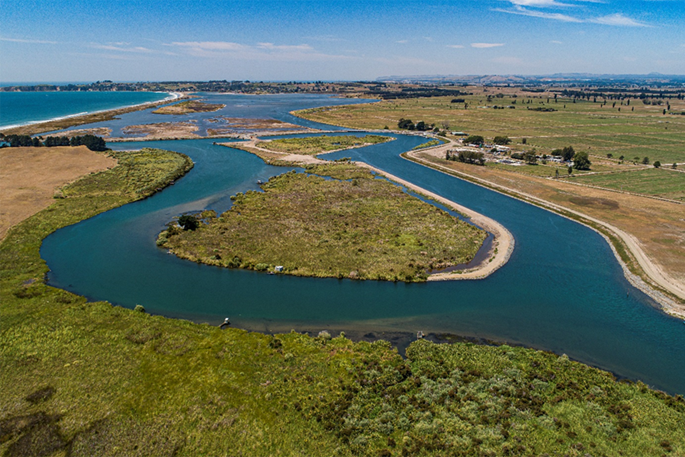When New Zealand went into level 4 lockdown earlier this year, James van der Maas was in Florida about to board another cruise ship - he had been a musician travelling the world for almost six years aboard luxury cruise lines.
COVID-19 brought that all to an end and the Rotorua local found himself back home, jobless.
However, for the last few months, he has been helping restore over 100 hectares of wetland in the Kaituna Wildlife Management Reserve - by removing pest plants to make way for natives to regenerate.
James says although the work is completely different to what he had done before, he was enjoying being outdoors and learning about New Zealand's native environment.
"One of the main things I have enjoyed is how to tell the difference between a pest plant, and what they do to our local species, and our natives."
The work has been made possible through the Provincial Growth Fund investment of $8.2m into 20 projects being delivered by Whakatane District Council and the Bay of Plenty Regional Council.
The projects span roading, infrastructure and environmental initiatives, and are creating employment and training opportunities for those who lost employment because of COVID- 19.
Bay of Plenty Regional Council helps manage the Kaituna Wildlife Management Reserve in partnership with the Department of Conservation and NZ Fish and Game, with regional council working on removing pest plants and extending the outer footprint of the wetland.
Survival of native plants and animals in the wetland depends on water flowing in and out of the reserve and the control of pest weeds and animals.
Vegetation and Tree Services owner and director Karl Irvin says he had been able to employ two extra workers through the fund to help tackle the issues of pest weeds, including pampas, willow trees, gorse, blackberry and Japanese honey suckle, in the wetland.
The Lower Kaituna Wildlife Management Reserve is the last freshwater remnant of the once vast wetland landscape known as Kawa swamp; its extent spanned some 7,500ha across the lower Kaituna and Pongakawa plains. This work is helping to protect the important values associated with wetlands.



1 comment
why bother?
Posted on 28-10-2020 06:50 | By Mein Fuhrer
because according to the hysterical global warming alarmists this will all be under water in 12 years.
Leave a Comment
You must be logged in to make a comment.